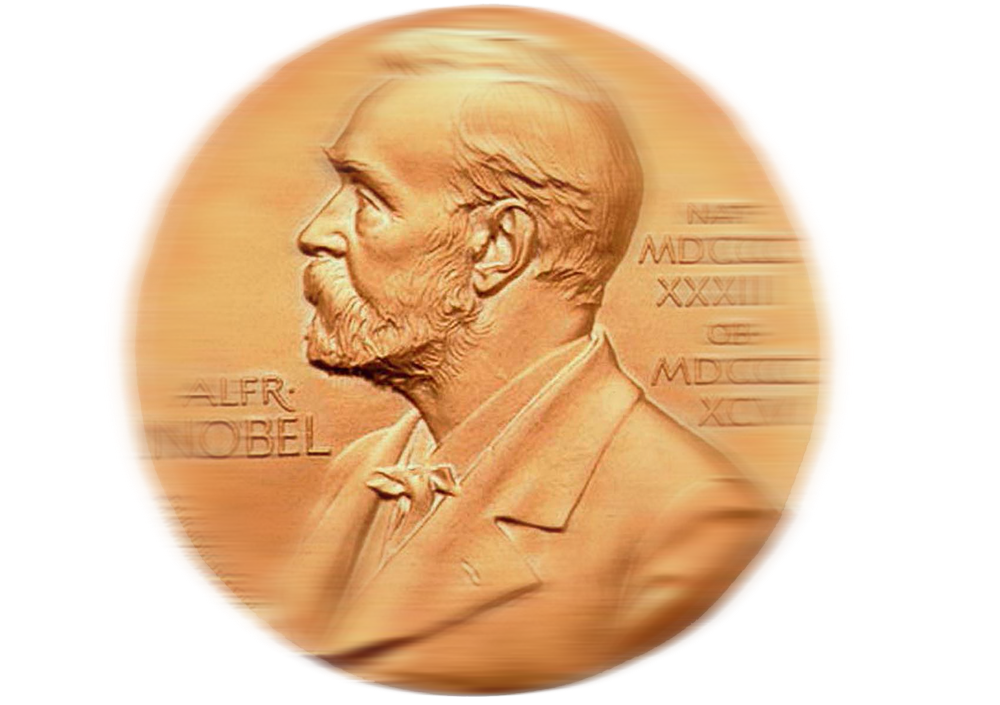Weeks before Austrian Nobel Prize winner Anton Zeilinger is due to arrive for his Kapteyn lecture on April 20, tickets for the event were sold out. Presenter and retired professor of physical chemistry Douwe Wiersma was the man who wrangled him.
The lecture ‘A voyage through quantum wonderland’ by Anton Zeilinger takes place on April 20 at 8 p.m. UKrant is giving away the last four tickets! Tell us why you (and your friends) just have to go see it, and perhaps you’ll be able to be there after all. Email before Wednesday, April 19, 5 p.m. to [email protected].
Why should we come see Zeilinger speak?
‘The work that he’s done is ultimately about the essence of reality. It’s absolutely groundbreaking. We’ve known for a long time that classical physics and quantum mechanics don’t correspond. Classical physics describes the visible world, but there are some weird things happening when it comes to the smallest particles.
Classical physics tells us that physical phenomena can only be impacted by their environment. But quantum mechanics shows that particles that are kilometres apart can still interact. Zeilinger earned his Nobel Prize for his experiments with these entangled quantum particles and even teleportation! That’s insane, of course, but it raises a lot of questions about our reality.’
Entangled particles? Teleportation? That sounds complicated. What’s up with that?
‘It all goes back to a discussion between Niels Bohr and Einstein. Einstein said that all particles in the universe have a determined objective position and momentum. It’s where his famous saying “God doesn’t play dice” comes from.
Bohr defended quantum mechanics, which focuses on probabilities. Take for example a photon that’s both a particle and a wave. This is what happens when you let light through two small slits: it creates an interference pattern that looks like a wave, but you can measure them like particles.
At the same time, it’s impossible to predict how a single particle will behave. The only thing we know for sure is that when there is a sufficient number of particles, a pattern emerges. Zeilinger always says: “Not even God knows through which slit the particle will travel.”
Einstein refused to accept that. He came up with the famous Einstein, Podolsky, and Rosen thought experiment: when two particles, such as photons, become entangled, they share certain characteristics. Anything you do to one particle also happens to the other one at the exact same moment. Einstein called it “Spooky action at a distance”. And he said it was impossible. It would mean the particles exchange information faster than the speed of light and the theory of relativity forbids this.
But Zeilinger did experiments that showed this information exchange was definitely happening. Even over extremely great distances. But not because anything is happening at a speed greater than that of light. He also succeeded in teleporting a quantum state across the Danube.’
How did he do that?
‘He used laser beams in a sewer tunnel underneath the Danube river. He did the same with laser beams between two mountain tops in the Canary Islands.
He also entangled two particles and sent one to the other side of the river. On one side, he measures the spin, which can be either up or down. That’s one of the fundamental characteristics of particles. But if you add a third particle to either one, that particle also impact the characteristics of the particle across the river. It acts as though it’s entangled with a second particle. That means you teleported that particle.’
Was Zeilinger the first person to prove this?
‘No. There were people doing similar experiments before Zeilinger. But he was the first person to prove it outright and rule out other explanations. That’s impacted our understanding of reality.
He also showed that larger particles can become entangled, such as buckyballs, which consist of sixty atoms. Quantum mechanics might play a role in our direct perception. Finally, he’s also working on the applications of quantum entanglement, for instance in cryptography and quantum computers.’
You are currently retired. Would you want to be doing this kind of research?
‘I’m a big fan of Zeilinger’s, but no! His work is close to my former field, a type of quantum spectroscopy. What I’d like to know is in which photochemical reactions entanglement plays a role. Many reactions that are caused by light, such as photosynthesis, also lead to two entangled electrons, for instance. But not much is known about the possible effects of that.
There’s currently only one example this could play a role in: the navigation of robins using the earth’s magnetic field. The idea is that the light on their retina causes a reaction in which two entangled electrons occur. The angle between the bonding axis of the electrons and the earth’s magnetic field helps the birds navigate. There’s no definitive proof for this just yet, but this is an example of how it could play a role in nature. That’s unbelievably interesting.’




